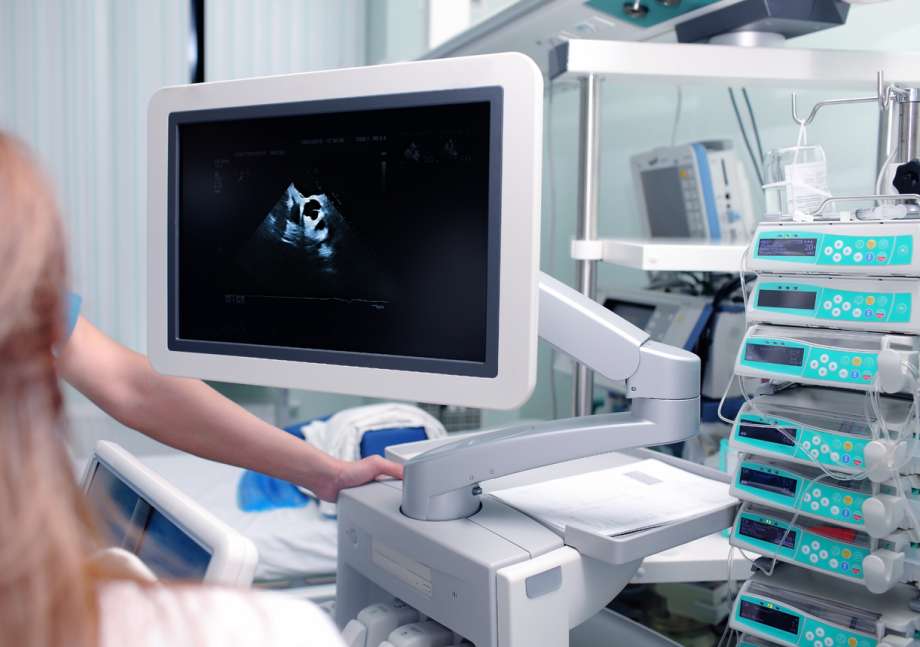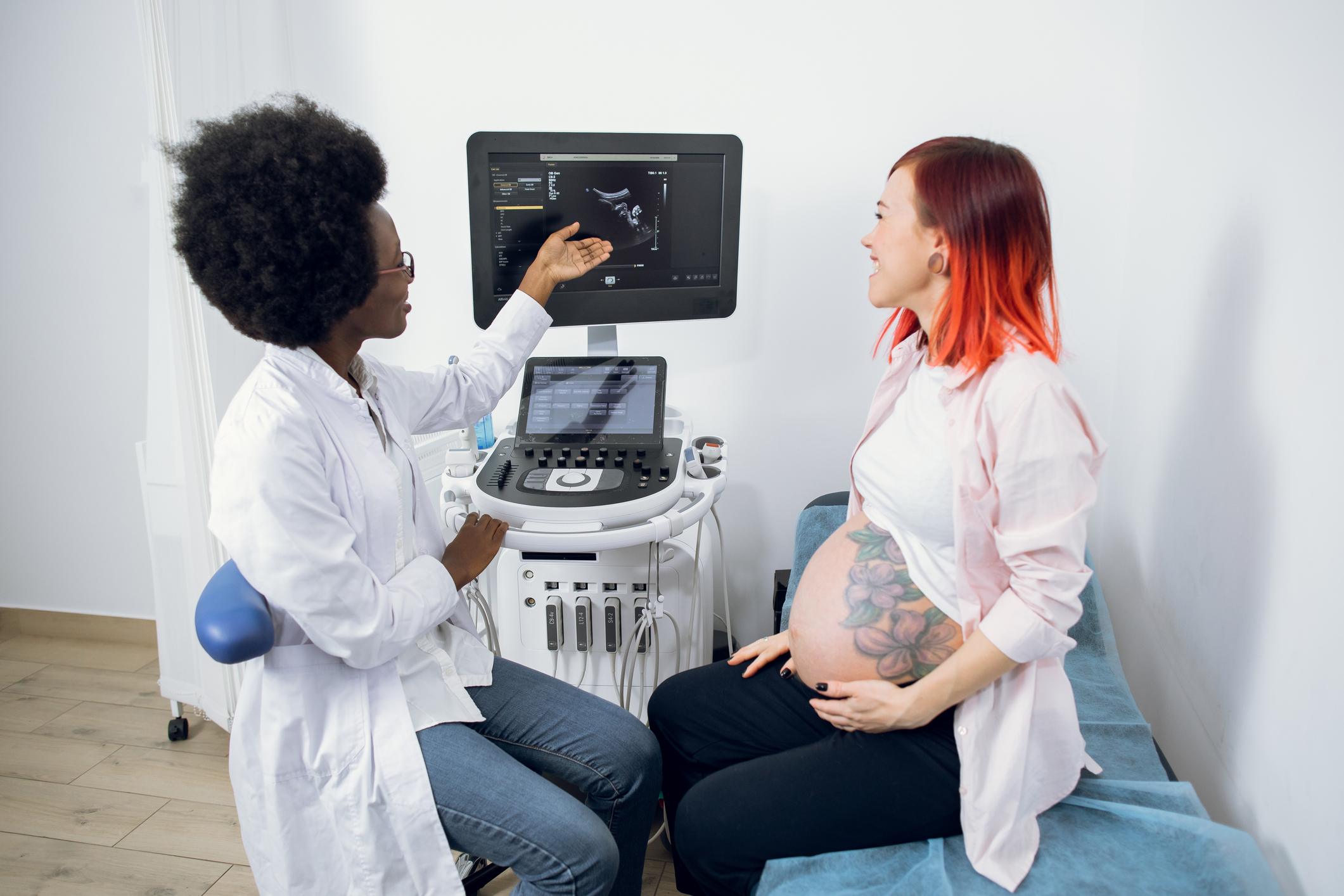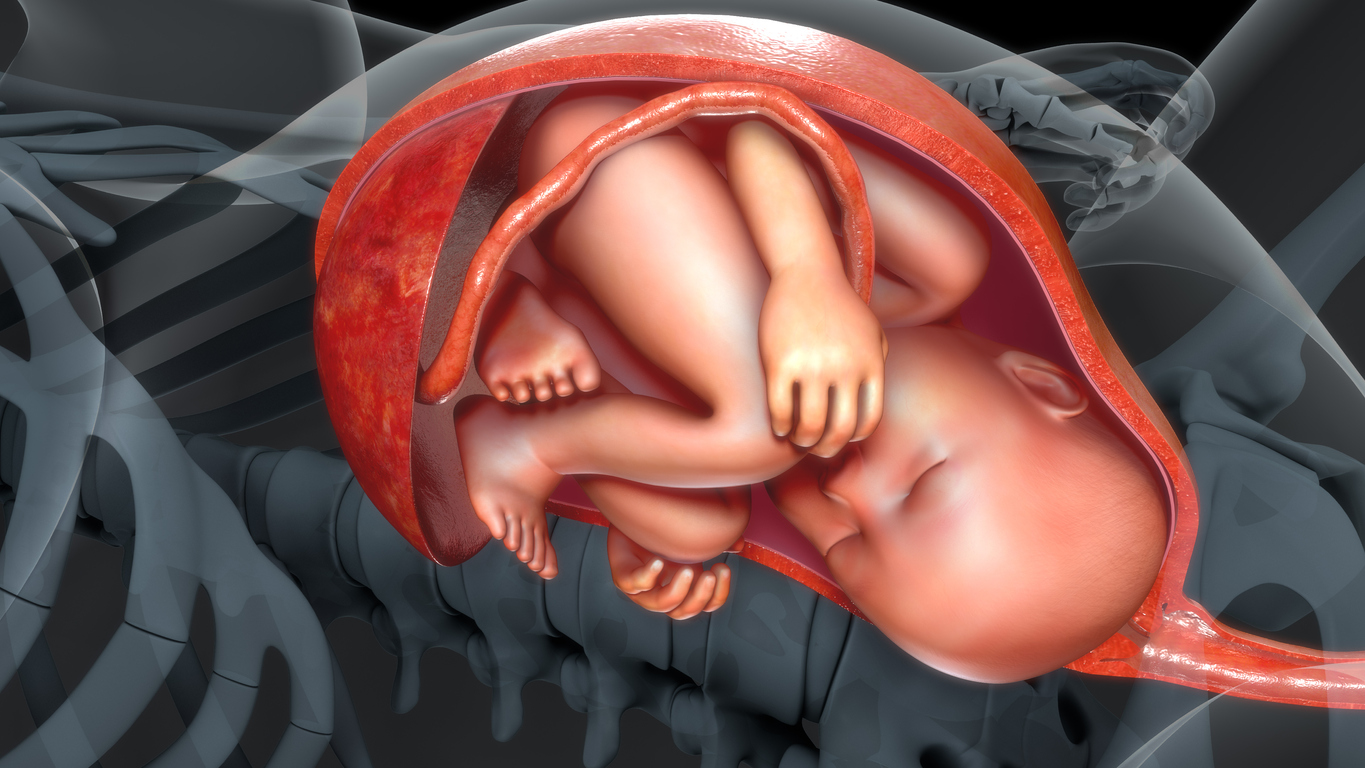What Is Chorionic Villus Sampling (CVS)?

Chorionic villus sampling (CVS) is a prenatal diagnostic test that can be given as early as the 9th week of pregnancy to identify or rule out certain birth defects, including genetic conditions and chromosomal abnormalities. CVS is a relatively standard procedure that can be done as early as the 9th week of pregnancy but is typically done between 10-12 weeks of pregnancy.
CVS is not routinely offered to all pregnant women. Typically, a health care provider will recommend this prenatal test for women who fit into one of these categories:
Women over age 35 who are at an increased risk of bearing a child with certain chromosomal birth defects as a woman ages, including down syndrome, Sickle Cell Disease, Tay-Sachs disease, and cystic fibrosis.
Women with a history of bearing a child (or children) with a genetic condition.
Women whose family history (or partner's family history) shows that their children may be at a higher risk for inheriting a genetic disorder.
Related: Genetic Screening During Pregnancy: What You Should Know
What Happens During a CVS Procedure?

During a CVS procedure, a health care provider takes a small, microscopic tissue sample from the placenta's chorionic villi. The villi are small parts of the placental tissue that have the same genetic material as the developing fetus, which is why CVS is a helpful form of early genetic testing during the first trimester.
Most women report that a CVS procedure is more uncomfortable than painful. Your obstetrician will apply a local anesthetic before the procedure to minimize any pain.
There are two different ways that a healthcare provider might conduct a CVS procedure. A transcervical CVS involves inserting a small catheter through the cervix and into the placenta. During a transcervical CVS, your doctor will insert a speculum into your vagina to clearly see your cervix. They will then insert a small tube into your cervix and gently scrape chorionic villi tissue into the tube. The whole procedure will be completed in about 10 minutes.
A transabdominal CVS involves inserting a small needle through the abdomen and into the placenta. During a transabdominal CVS, your stomach will be cleaned with an antibacterial solution before injecting a local anesthetic. The doctor will then use an ultrasound to help guide a needle through your stomach and into your uterus. They will then gently collect the issue sample before removing the needle. As with a transcervical CVS, the procedure will be over within about 10 minutes.
For women who are carrying twins or other multiples, your healthcare provider will collect a sample from each placenta, so the procedure may last a bit longer than for single pregnancies.
Chorionic Villus Sampling vs Amniocentesis
CVS and amniocentesis are both standard prenatal screening procedures that are done during the early stages of pregnancy. CVS is done slightly earlier than amniocentesis, usually around weeks 10 to 12 of pregnancy. An amniocentesis is rarely performed before the 12th week, and it can take several more weeks to learn the results.
Unlike amniocentesis, CVS cannot diagnose certain conditions like neural tube defects or Spina Bifida. If you only choose to complete a CVS and not an amniocentesis, a follow-up blood test during your second trimester can help screen for neural tube defects.
You might be wondering if one of these tests is better than the other. The truth is that it entirely depends on your specific risks and family history. Your obstetrician will help you identify the best prenatal test for your specific circumstances.
What are the Risks of Chorionic Villus Sampling?
CVS carries the risk of miscarriage and possibly other complications, such as finger or limb abnormalities, if performed before the 10th week of pregnancy, although such complications are very rare.
Your obstetrician can help you weigh the pros and cons of completing this procedure based on your particular circumstances.
Preparing for Your CVS Procedure

You typically don't need to do anything special to prepare for a CVS procedure. Unlike many surgical procedures, you can eat and drink normally before a CVS procedure. As with some ultrasounds, your doctor might ask you to come to the procedure with a full bladder, as this can help make the test a bit easier.
CVS is generally performed in a hospital. Just as during amniocentesis, ultrasound monitoring picks up the location and position of the fetus and placenta. A catheter (a small tube thats attached to a syringe) is used to extract the needed cells, but instead of taking amniotic fluid, the doctor will take a sampling of cells from the placenta.
When you schedule your CVS test, plan to take the rest of the day off. It can be emotionally and physically tiring. This is a great excuse to take a day for yourself. Afterward, you may feel some cramping and have some light vaginal bleeding, but this should stop within a few days.
Getting Your CVS Results
The results of your procedure will most likely come within 2 weeks of your CVS procedure. If your results do show that your baby has a genetic disorder, your genetic counselor can help guide you through the next steps and decide what's right for your family.
You can contact experts and resource groups to learn more about the specific genetic condition, or you may choose to terminate your pregnancy.
Ultimately, this is a decision that you and your family will need to make, with support from your obstetrician and genetic counselor.
For more information about prenatal genetic counseling, check out: How to Prepare for a Prenatal Genetic Counseling Session.